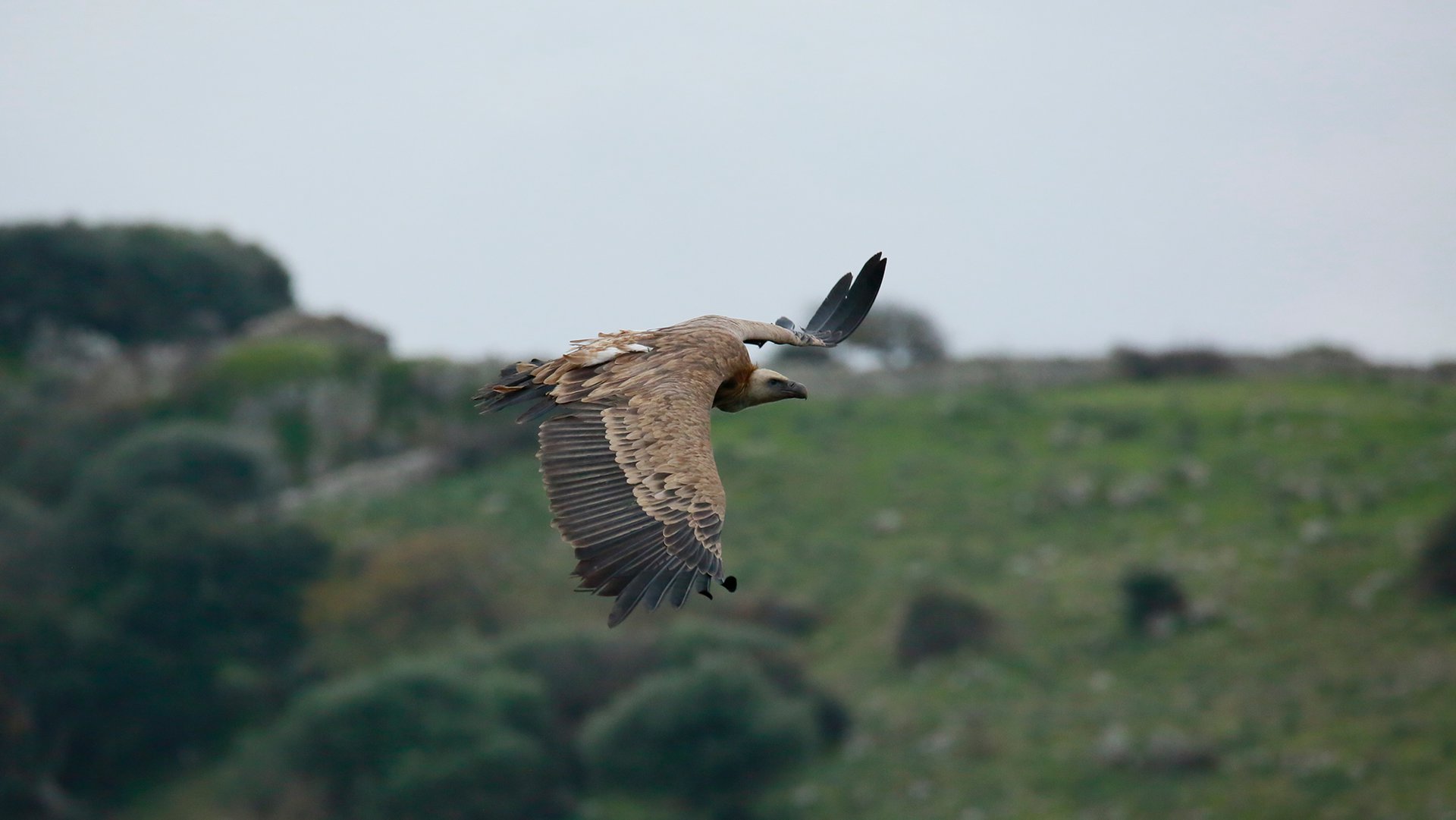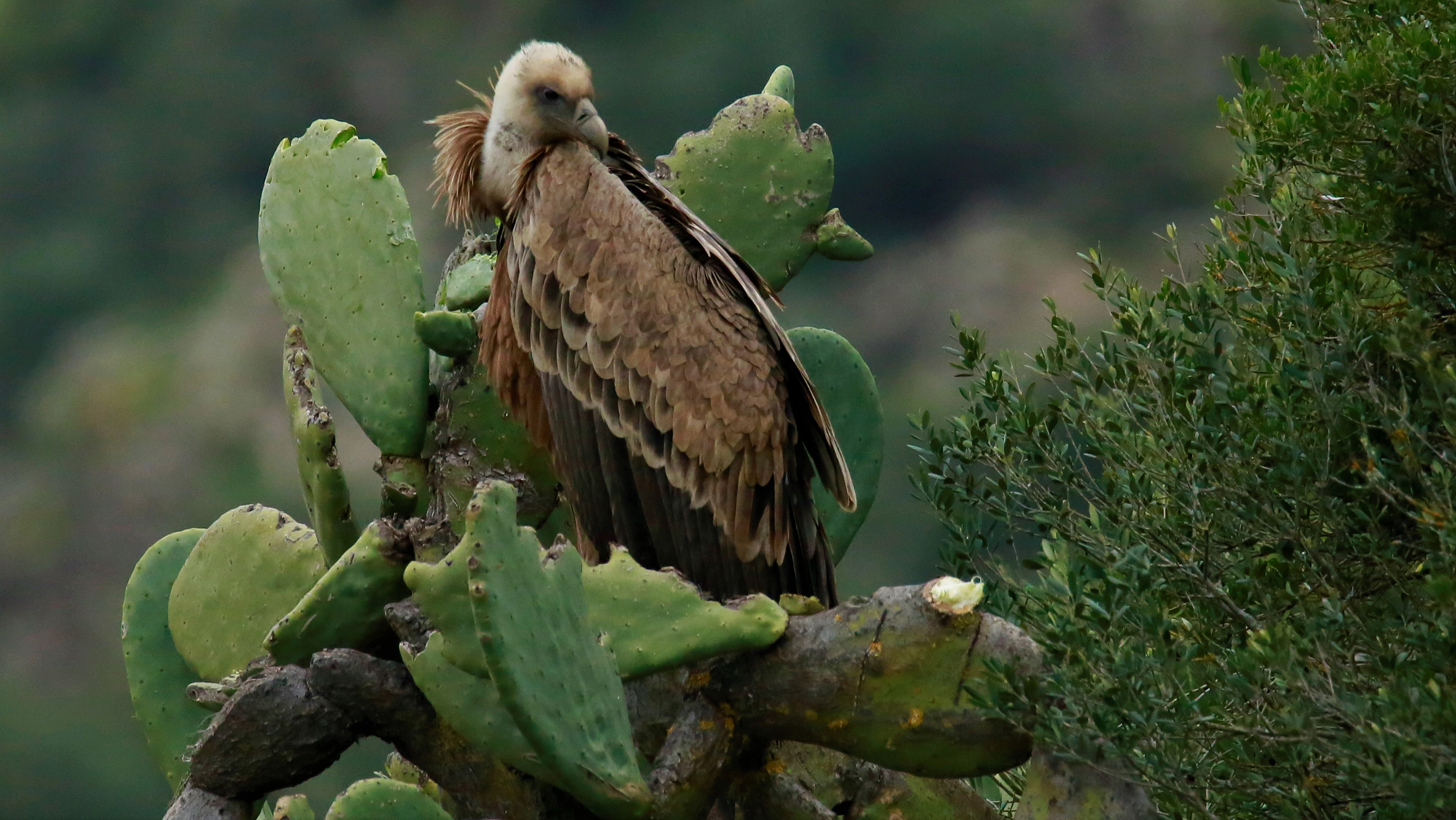
Three young griffon vultures from ARTIS released on Sardinia
Vultures explore new surroundings on hottest day of the week – June 26, 2019
Three young griffon vultures previously raised in ARTIS were released on Sardinia yesterday. They form part of a group of 12 young griffon vultures released over the mountainous north-west of the island.
The first birds left their temporary aviary three and a half hours after the doors were opened. With just a few wingbeats, they soared over the valley, using thermals to ascend ever higher. As in the Netherlands, Tuesday was the hottest day of the week on Sardinia, with temperatures topping 38 °C. ARTIS works together with the Life Under Griffon Wings project to maintain Sardinia's native griffon vulture population. As scavengers, griffon vultures are nature's clean-up crew and play a vital role in the natural cycle.

GPS tracker
ARTIS already released griffon vultures on Sardinia last year. These animals joined the biggest griffon vulture colony in the north-west of Sardinia, which includes approximately 140–160 griffon vultures. The griffon vultures released this year are expected to join the same colony. The three young vultures were fitted with a GPS tracker, just as last year’s vultures. Follow this year’s vultures by clicking these links:
50 adult pairs thanks to project
Starting in the 1970s, the griffon vulture population dramatically declined, including on Sardinia. Farmers put out poisoned carcasses on their land to exterminate predators. The natural habitat of the griffon vultures was under threat as well. In 2013 there were only 30 adult pairs left on the island: the lowest number ever recorded. ARTIS supports Life Under Griffon Wings, a project dedicated to protecting and maintaining the population of wild griffon vultures on Sardinia. Over the past six years, the group has achieved success as a result of specific activities. The project conducted a new survey earlier this year, in which 50 adult pairs were counted. It was the first time in 30 years that so many griffon vultures were counted on the island.
Nature's clean-up crew
Griffon vultures are important for the natural cycle. They are carrion eaters who make sure that carcasses are cleaned up and nutrients do not go to waste. Vultures have a featherless head and neck, which allow them to eat carcasses without getting blood or meat stuck to themselves. Their highly acidic digestive juices and powerful immune system help them to consume rotting meat without getting sick
